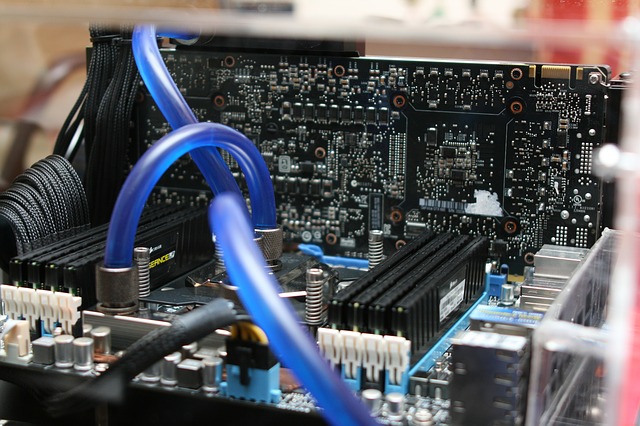
If you want a computer but are not sure that you will find exactly what you are looking for as per your needs in the market, you can put together your own machine and make sure it meets all of your requirements. Computers, usually rely on the motherboard to conduct all of their functions. The motherboard affects every aspect of the computer and therefore forms one of the most important parts of the entire system. For your system to perform as expected, it is essential to have the right motherboard with the right components. Below we will look at some of the important features to look for in a motherboard.
CPU
The main component on a mother board is the central processing unit CPU. This is where all the computing tasks will go through. Depending on the intended application for the computer under construction, you will need a processor that can handle all the work smoothly and as fast as possible. The main brand name to look out for here is Intel. They build core 2 duo and core 2 quad processors. The former refers to a dual core CPU while the latter is a four core CPU. AMD is another manufacturer offering reliable processors but with slightly lower performance.
Chipset
This is among the most important components of the motherboard. The chipset directs various data communications to their respective destinations and determines the performance of a computer. Some of the major brands to consider here included nVidia, Intel, AMD and Via among others.
GPU
This refers to the graphics processing unit. It is another component that ranks highly when shopping for a motherboard. It can either be an integrated graphics processor, which handles its processing tasks through the system’s processor. On the other hand we have dedicated graphics processors which can only be fitted on a mother board with a PCI Express slot, for the best performance.
Storage
Storage is a major factor when it comes to computing. The speed at which the computer can write and read data from storage directly influences the speed of the entire system. This speed mainly depends on the transmission protocols used by the motherboard. Most motherboards today use SATA to read and write data into hard drives. You will find that most motherboards support numerous SATA connections going up to ten at times. For connecting to external hard drives, most motherboards use USB 2.0 while eSATA which is a newer protocol uses SATA for higher speeds.
